
Date: 20 April 2016
Today, the greatest importance is attached to the transparency of glazing, both indoor and outdoor.
Glass partitions are supposed to be hardly visible. Therefore, frameless systems become increasingly important as they allow for larger transparent surfaces. What remains of key value, however, is the performance of the glass itself: the light transmittance factor and its neutral tint. Also in that respect is POLFLAM® glass an above-standard product.
Firstly: the light transmittance
Glass is a translucent but never fully transparent material; it will always absorb part of the light passing through it, to a different extent for each type of glass, though. Translucency of glass depends on both production technology and properties of the raw material; especially when the glass has an extra function, like fire-resistance.
Fire-resistant glass is, by the force of things, a complex product. It is made of more than a single glass panel; therefore, its transparency plays a major role.
In the case of POLFLAM® glass, the light transmittance factor Lt of up to 87.6% is the market-best performance. Hence the great appreciation of the product among designers.
The effect of transparency of the glass partition intensifies when it is mounted in a frameless system, as the lack of frames corresponds to light saturation higher by even 20%.
The latter is of importance for office space, as the natural-light saturation level is strictly regulated. Partitions glazed with high transparency glass in frameless systems allow for arranging an office space even in places distant from windows. The same applies to spaces facing the atrium.
Secondly, neutral tint
Lack of colour is essential for most indoor applications of glass.
Glazings are supposed to divide space by function; however, they should not be visible. In order to attain that effect, a glass partition must render the genuine colours of the objects behind it.
The input glass used for the production of POLFLAM®, fire-resistant glass contains up to five times less iron oxide compared to the standard float glass. The colour rendering index Ra for that glass is 99%.
As a result, POLFLAM® fire-resistant glass is extraordinarily clear and transparent, both in daylight and artificial light.
Facade glass: equally excellent
It is the fire-resistant facades that are the most demanding in terms of transparency and neutrality of tint. Large glass surface means increased heating of the rooms and a higher level of the UV radiation. Therefore, façade glass must meet some additional functional requirements which means a need of using appropriate glass panels combined in the single unit.
The GUARDIAN SunGuard® film used in POLFLAM® façade glass reduces unwanted heat gains from solar radiation while maintaining maximum transmittance of visible light. The ClimaGuard® film accounts for optimum thermal insulation and energy use with the transparency similar to that of the coated glass.
All the above elements are responsible for the excellent light transmittance of POLFLAM® façade glass; the Lt coefficient oscillating around 70%.
POLFLAM® fire-resistant glass is a technology designed to offer the highest safety standards while meeting the strictest aesthetic demands which is the essence of modern architecture.
One good, but certainly not the only example of the latter is the market unique light transmittance and tint neutrality parameters.
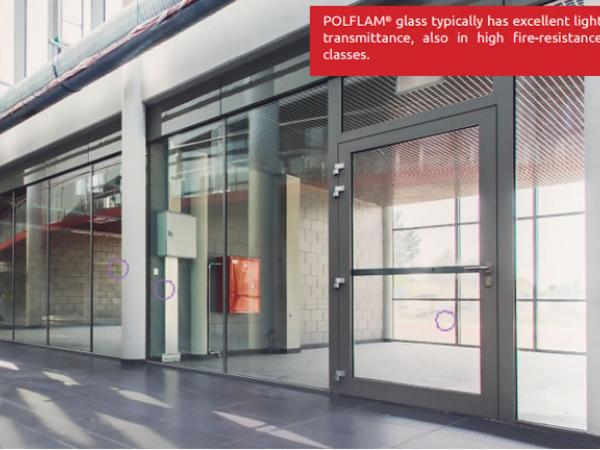 600450
600450


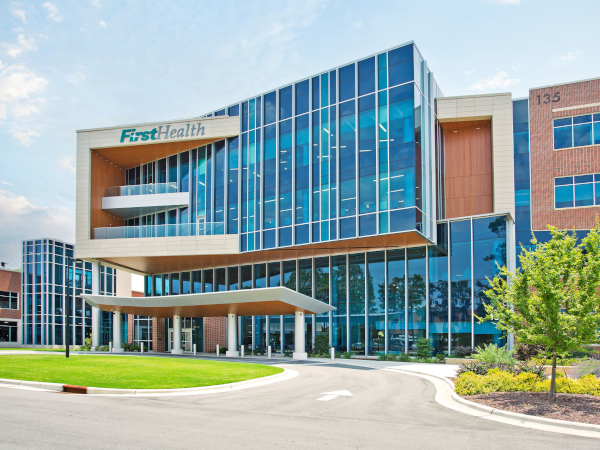
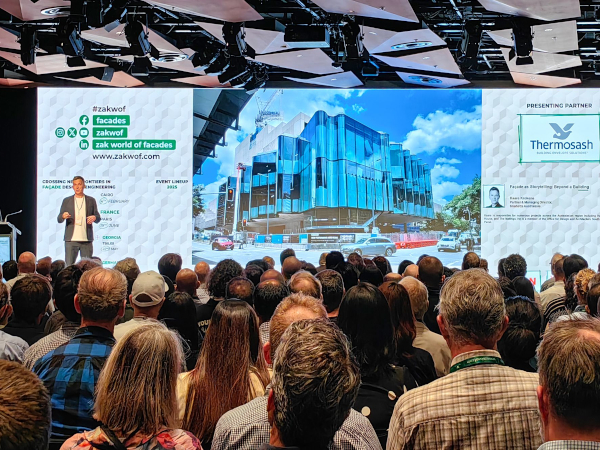
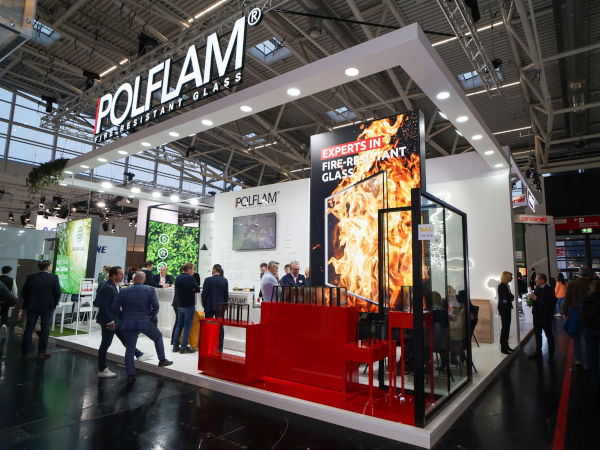
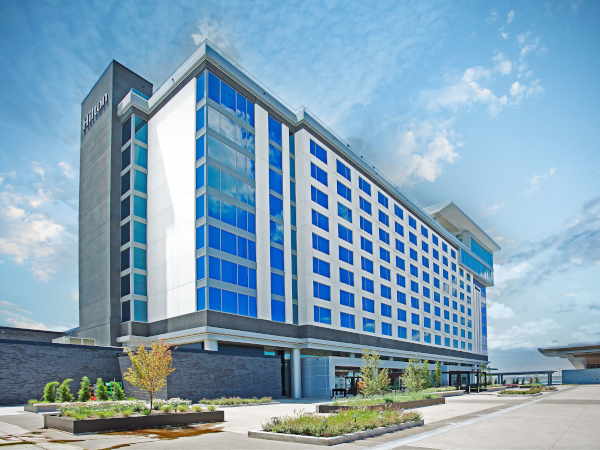




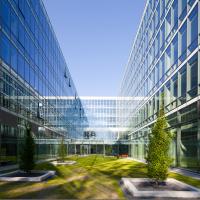
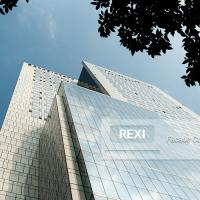
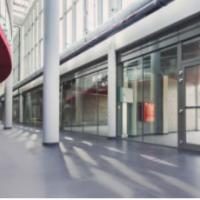

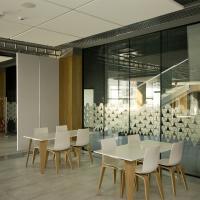

Add new comment